We occasionally link to goods offered by vendors to help the reader find relevant products. Some of these may be affiliate based, meaning we earn small commissions (at no additional cost to you) if items are purchased. Here is more about what we do.
This is one kitchen tool that can easily be overlooked. That is, until you need to drain some pasta or steam vegetables. At that point, you realize how valuable a really good colander actually is.
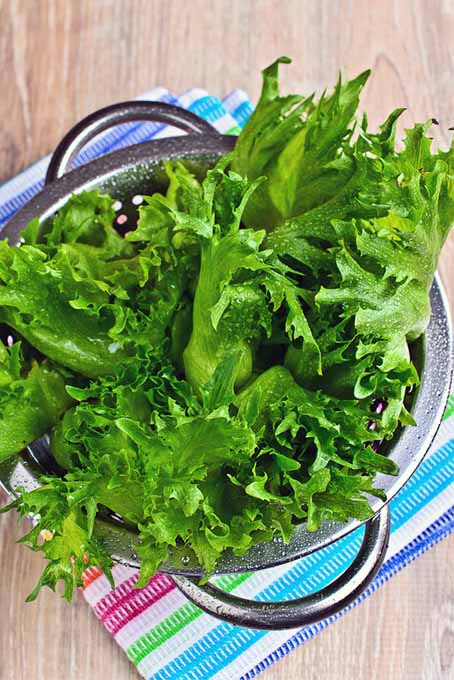
Have you ever found yourself in the middle of making a big spaghetti dinner for eight people, you go to drain the noodles, and you realize at that very moment that you have now way to drain the excess liquid?
No?
Maybe that’s just me.
When my husband and I moved into our first apartment together back when we were dating, we hosted a housewarming dinner. And that was the night when I realized that a good, reliable colander is an invaluable kitchen tool.
I’ll never forget that particular kitchen fail, trying to drain noodles with a cutting board held over the pot – let’s just say we lost a lot of pasta that night.
That being said, there are a lot of options in this category. You could go with a variety of materials such as plastic, stainless steel, or porcelain enamel over metal. You can even choose between collapsible or “over the sink” models.
In the following article I’ll cover exactly what material is best for draining certain types of foods and what other features you may want to look for.
The price range varies, but no matter which model you choose they tend to be one of the more affordable tools in my kitchen – especially considering how often I use them.
Below I’ll share the very best options, a couple of tips that will help you make the best decision for your cooking style, and the other runners up that we reviewed.
All of the models are decent – we identified the best and conducted hands-on tests, and we didn’t examine those in detail that we didn’t feel made the grade, based on comments from various retail sites.
Bottom Line Up Front: Foodal’s Most Recommended Model
OXO Good Grips
This model comes in both a 3-quart and a 5-quart size. I find that having different sizes can come in handy, depending on what you’re making and how many people you’re serving. If I’m simply draining a can of black beans I’ll opt for the small variety, but if I’m making spaghetti for a group the large one comes in handy.
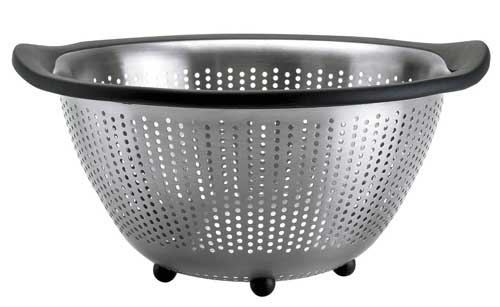
OXO Good Grips 5-Quart Stainless-Steel Colander
There are a few features that really make this product stand out. One thing I really like is the easy grip rim. Not only are the handles easy to grip and soft, but the entire top rim is covered, making it more durable. It even has five small rubber feet at the bottom, which allows the product to sit in your sink and drain without needing to worry about it tipping over.
Also, both the rim and the bottom feet can withstand the heat of boiling water, so there’s no need to worry about them melting. The product also sits nicely on top of most mixing bowls.
This product is stainless steel and comprised of many very small holes, for quick clean up. It drains very fast and allows you to drain small pasta, like angel hair, without it escaping through the holes.
You can place this kitchen product in the dishwasher or wash it by hand with a dish sponge. And, unlike a lot of the mesh versions available for sale, it won’t damage your sponge.
OXO is a brand that has a reputation for putting out high-quality, ergonomic tools, making it a company you can feel good about buying from.
Check prices and read all of the customer reviews on Amazon now.
Best Over-the-Sink Model – KitchenAid
Sometimes it’s nice to be able to place your colander over the sink and allow it to drain, giving you time or a free hand to work on something else. If that’s the case, I’d recommend this offering by KitchenAid.
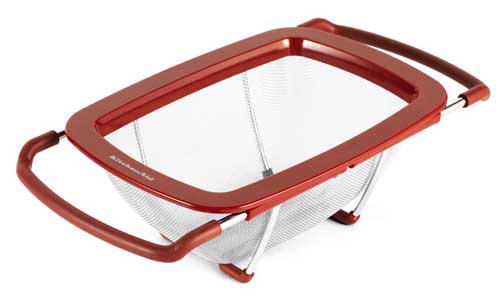
KitchenAid Expandable Colander Strainer
This model is really creative – not only does it have legs so it can stand on any drain surface, it also has retractable arms so it can gently rest over your sink.
This is great if, say, you’re draining cooked meat. One popular use mentioned by Amazon reviewers was using this to drain the grease from ground beef after you’ve browned it.
They suggested placing a large bowl in the bottom of your sink, placing the colander above, and using it to drain the meat while allowing the bowl to catch the excess fat, rather than letting it run down the drain and potentially clog up your pipes. It’ll get cold quickly though, so don’t forget your meat once it’s drained!
The arms expand to 22 inches, so even if you have a large sink, this product will fit. When you’re not using the arms, they retract into the sides of the product and lock in place for storage, with just a gentle push.
If you’ve never had a model like this, you should definitely give it a try. It’s nice to be able to go hands free.
And if you’re worried about washing or storing it, don’t be – it becomes just a little more compact when the arms are folded in, and will easily fit into your dishwasher or cabinets.
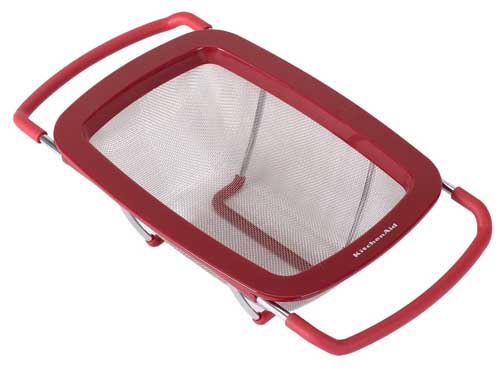
Compared to most other over-the-sink models on the market, this KitchenAid version is very, very strong. We also looked at (and discarded from consideration), an Oneida version that had an incredible amount of flex and racking.
We’d consider dumping a couple of pounds of cooked hamburger in the KitchenAid model, but this would collapse lesser offerings such as the Oneida.
The KitchenAid is made from stainless steel mesh, and the handles and legs are wrapped with rubber – which helps it stay cool to the touch, even when it’s in contact with boiling water.
The holes in the KitchenAid are also relatively small, and you can even drain rice or lentils without the grains falling through or getting stuck in cracks and crevices. However, when when we tested this with the Oneida (using split mung beans and rice), the mung beans ended up stuck in every manner of hard to reach/clean areas.
A few users did mention that it started to rust after a while, but they also stated they could have done a better job drying it. I’m confident that if you dry it well before storing, you shouldn’t have a problem.
Check the price and read all of the customer comments on Amazon now.
Features to Consider
Materials
All of the materials below will get the job done. However, depending on what you’re using it for, one material might be better than the next. If you cook often, you might benefit from having a few different types of colanders on hand, as well as finer strainers.
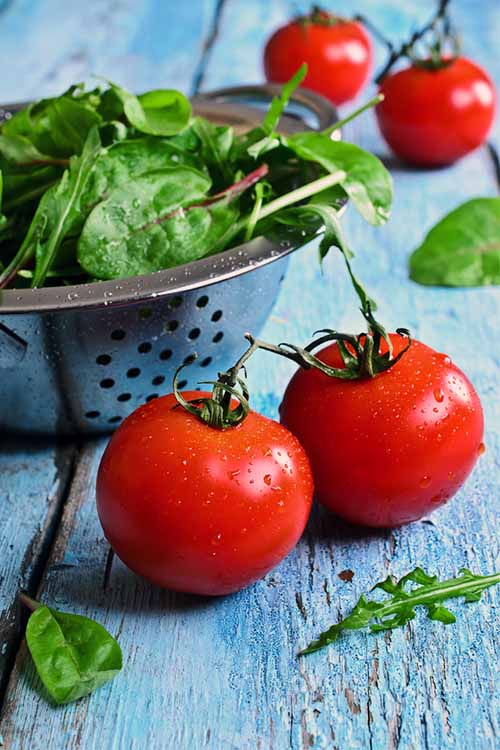
Stainless Steel
This material is going to be the most heavy duty and durable, usually lasting the longest in comparison to other options. This is great for draining dense foods like pasta, meats, and vegetables.
I would recommend this type for your most common cooking tasks, however, these are usually made with larger holes, which aren’t great for small items like rice or quinoa. Our top recommended model, the OXO Good Grips 5-Quart Colander, is made of stainless.
Stainless Steel Mesh
This material is going to be slightly less strong than rigid stainless steel, as the mesh can easily bend if the food is too heavy. I recommend this for rinsing vegetables, 1-2 cups of beans, or grains if the holes are small enough.
Products made with mesh are usually lighter, which can be easier on your arms if you have to hold the product while rinsing.
A stainless mesh will normally be found in lighter duty strainers.
Silicone
These are usually collapsible and great for those with limited space. They tend to have large holes, making them good for draining noodles, vegetables, and meat – but they aren’t so great for grains and small foods.
Sometimes these models can even double as steamer baskets, or as a tool for blanching vegetables.
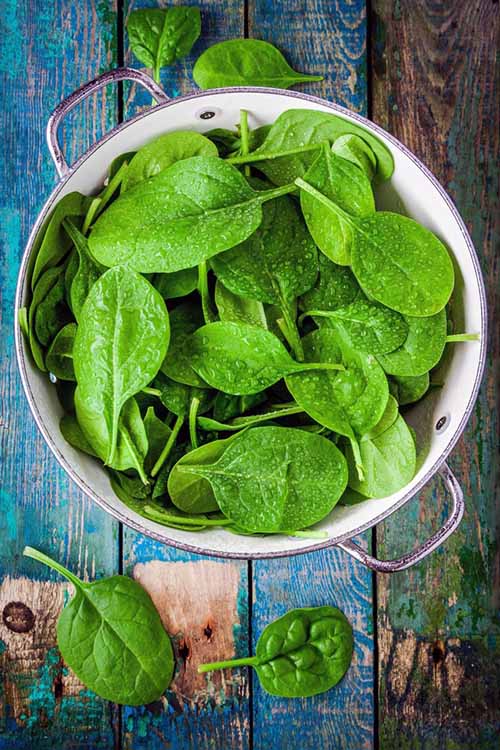
BPA-Free Plastic
This type is not usually recommended, as they’re not designed for long-term use. However, you’ll notice the Inomata Japanese Rice Washing Bowl is made from plastic, so there are a few exceptions.
If you’re going to go with plastic, be gentle with it, and save the heavy foods for a stainless steel or silicone model.
Porcelain Over Steel
If you’re looking for a particular aesthetic for your kitchen, such as a retro or antique vibe, then a porcelain enamel over steel product may be a good choice. However, bear in mind that the enamel can crack with the slightest bend or dent and it may chip off – exposing the steel, which will start to rust.
A few more options worth considering
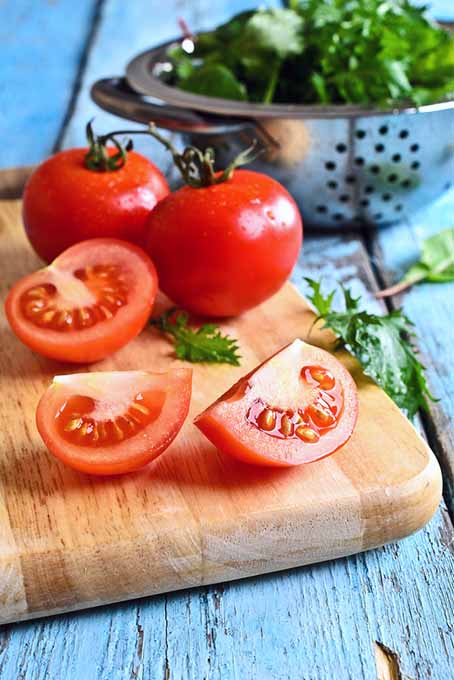
Bellemain
This is another product that really stands out in this space. It’s stainless steel and comes with sturdy handles on each side. It also has a strong elevated base, so you can place it in your sink and the water will quickly drain out while you attend to another task.
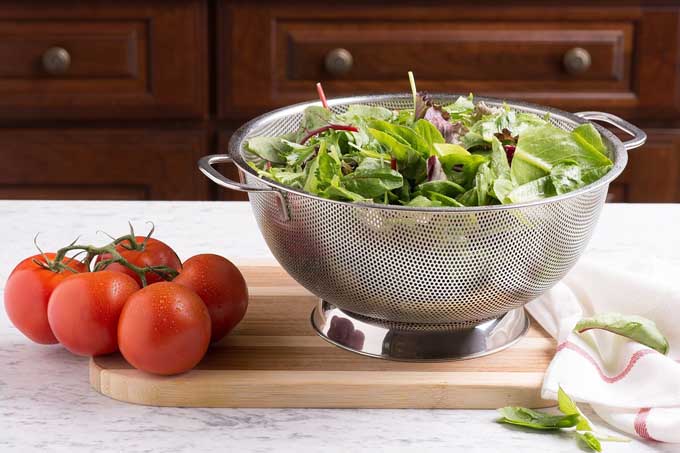
The holes are made from mesh, but not the cheap variety; this model is very strong and made to last. The mesh doesn’t seem flimsy or likely to snag over time.
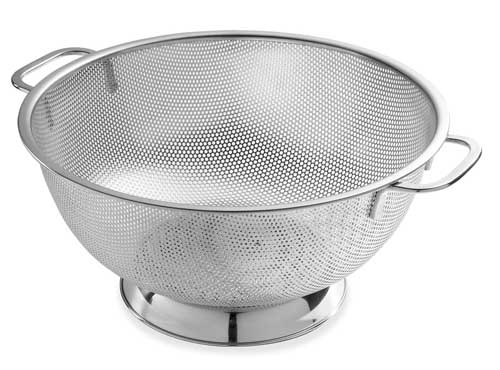
Bellemain Micro-perforated Stainless Steel 5-Quart Colander
It’s also important to note that the holes are very small, so you can drain things like rice and orzo without worrying about them slipping through. That being said, the tool does in fact drain water very well, despite the fact that the holes are so small.
The combination of having small holes and lots of them allows the water to move more quickly through the product. The complete bowl, from the bottom to the rim, contains these mini holes, so there’s nowhere for water to get trapped.
This product is dishwasher safe and can easily be stored in your cabinets, or hung up by one of the rings that are on either side of the tool.
Check prices and read all of the customer reviews on Amazon now.
Kukpo
This is another wonderful option that is similar to the larger OXO. This tool is stainless steel, and large in size – measuring 5 quarts, which is enough to drain an entire package of pasta, and then some.
KUKPO – 5-Quart High Quality Stainless Steel Colander
The handles are also wrapped with ergonomic rubber to keep the product from slipping out of your hands. This is especially nice for draining large pots of piping hot noodles.
It has a strong, sturdy base that allows you to place it in the sink without it falling over. Also worth mentioning is that the base has some height, so you don’t have to worry about the water failing to drain out if it doesn’t have enough clearance.
This Kukpro offering is also dishwasher safe and very easy to clean, as food doesn’t seem to get stuck in the holes, due to their innovative design. They’re on the larger side and completely cover the entire product, allowing the water to drain quickly.
We really like how the rubber handles are easy to grip, and they also help to protect your hands from the heat. This is one of the quicker draining models without any water building up in the bottom.
The Kukpro is an excellent choice, almost as good as the OXO at a significant discount. This is a very popular model with users on Amazon and other retailers.
Check the price and read all of the customer comments on Amazon now.
The Best Collapsible Model
Comfify
Looking for something that doesn’t take up a lot of space? This might be the option for you.
I personally like that these can fold up for storage, but I was more curious about the quality. My first thought was, “Am I going to burn myself?” shortly followed by, “Will these actually be able to drain my noodles?”
Rest assured, they get the job done.

Collapsible Strainers Set By Comfify
Made from BPA-free silicone, this model is heat resistant up to 600°F, and has ergonomic rubber handles that are also heat resistant and easy to grip.
If you go with this product, it actually includes two strainers: an 8-inch 2-quart, as well as a 9 1/2-inch 3-quart. Both are collapsible, and can easily fit in a drawer or cabinet without taking up too much space.
One unique feature of this product is that you can submerge it in a pot of boiling water to quickly blanch your favorite vegetables or seafood.
The only downside to this product is that it’s not as efficient at draining as other types. It’s slower than the models mentioned above since there are fewer holes in the product, and it sometimes takes a little shaking to remove all of the water.
If space is limited and you want something that won’t take up too much room, this is a good option.
Check prices and read more reviews on Amazon now.
Recommended for Rice Enthusiasts
Inomata
This is more of a washing bowl than a colander, but it can effectively drain a few things.
I wanted to include this because it’s a huge time saver for those who prep rice, quinoa, and other small grains often.
Both rice and quinoa need to be rinsed before cooking, which can be very difficult if the tool you use has larger holes that allow the grains to slip easily through the slots. It gets messy, and in the process you usually end up losing a lot of food down the drain.
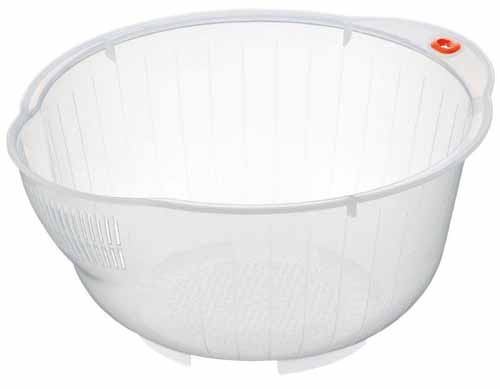
Inomata Japanese Rice Washing Bowl
This product is designed specifically for use with small grains, and it is made from thick BPA-free food grade plastic. While it is sturdy, it’s not stainless steel, so you’ll have to be a little more careful with it.
This model has holes on the bottom and sides for quick draining, and it’s recommended that you hand wash this tool – which is painless, since you’re only using it for grains.
This product measures in at 10 x 11 x 5 inches and 4.8 ounces, which makes it the perfect size to rinse 3-4 cups of rice.
Although some users mention they used this to drain vegetables and beans, I wouldn’t recommend it. This unit is plastic, and is really only intended for use as a rinsing bowl for grains.
That being said, this item is worth adding to your kitchen if you cook rice or other grains frequently.
Check Prices and read full Amazon reviews here.
The 12 Most Common Ways to Use Your Colander
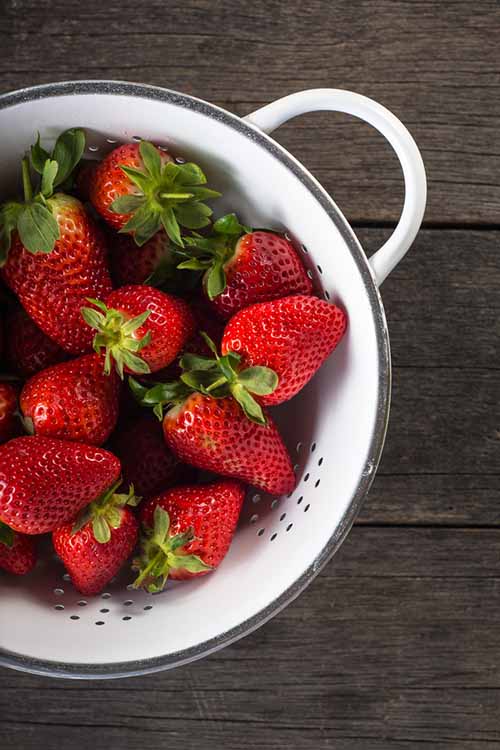
- Draining Noodles/Pasta
- Rinsing Vegetables
- Draining Beans
- Washing all Types of Fruit, like delicate Berries
- Rinsing Meat or Seafood
- Straining Tea (fine mesh only)
- Sifting Flours & Spices
- Draining Canned Foods
- Washing Sprouts
- Rinsing Quinoa
- Steaming Vegetables
- Blanching Vegetables
Conclusion
And that concludes this article on how to pick the best colander for your cooking needs. I hope you found this post helpful and are able to locate your next product, or maybe two. I’m confident that any of the options listed above will be a great choice.
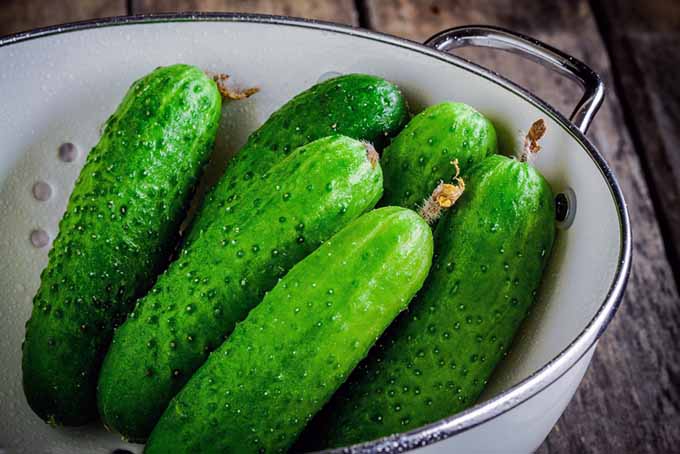
If you’re in the market for a new tool to drain your food, don’t put it off. Creating a makeshift colander for boiling hot spaghetti never ends well…
So grab a set of the OXOs and prevent frustration and dangerous burns in your kitchen today.
Tell me about your own selections and share stories of your adventures in draining and straining in the comments!
Photo credits: Shutterstock, OXO Good Grips, KitchenAid, Bellemain, Kukpo, Comfify, and Inomata.
About Sarah Hagstrom
Sarah is a health food advocate and loves to spend her time whipping up something healthy and delicious in the kitchen and then sharing either on Foodal or on her own blog "The Seasonal Diet" (www.theseasonaldiet.com). She lives in Sunny San Diego with her husband, where they enjoy running on the beach and weekend adventures.

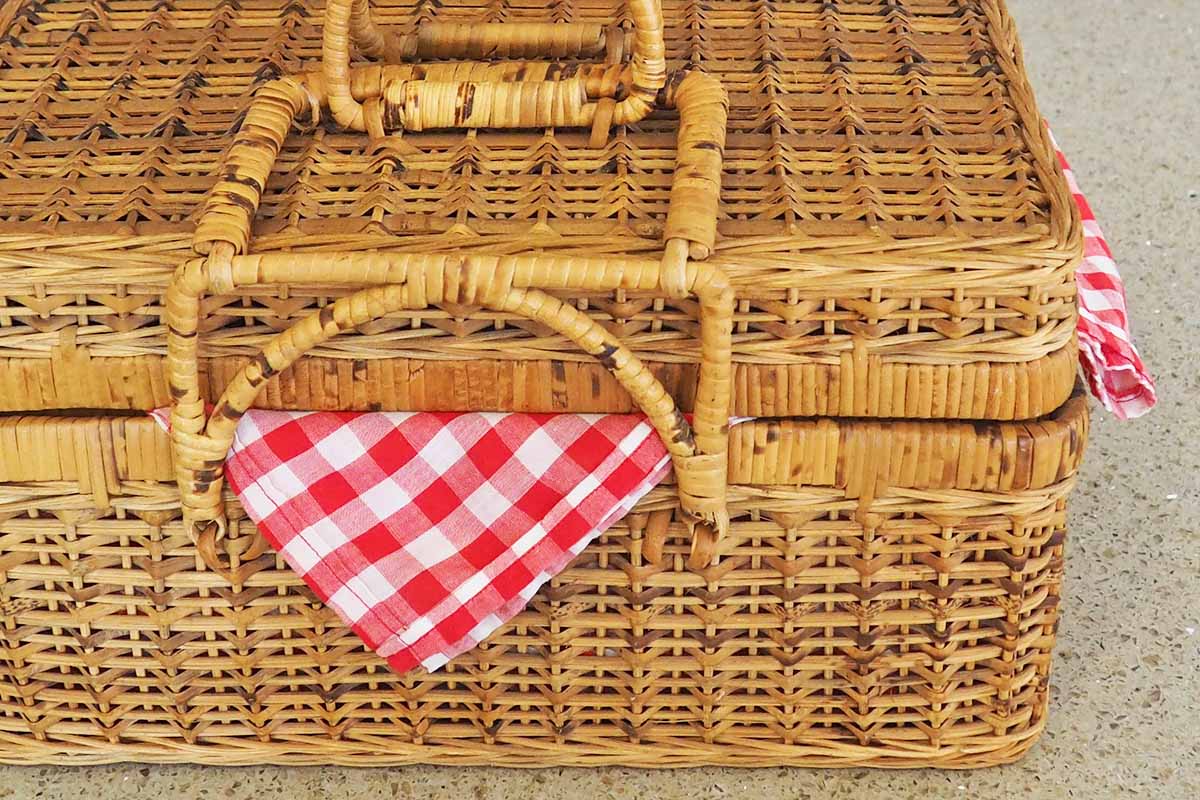
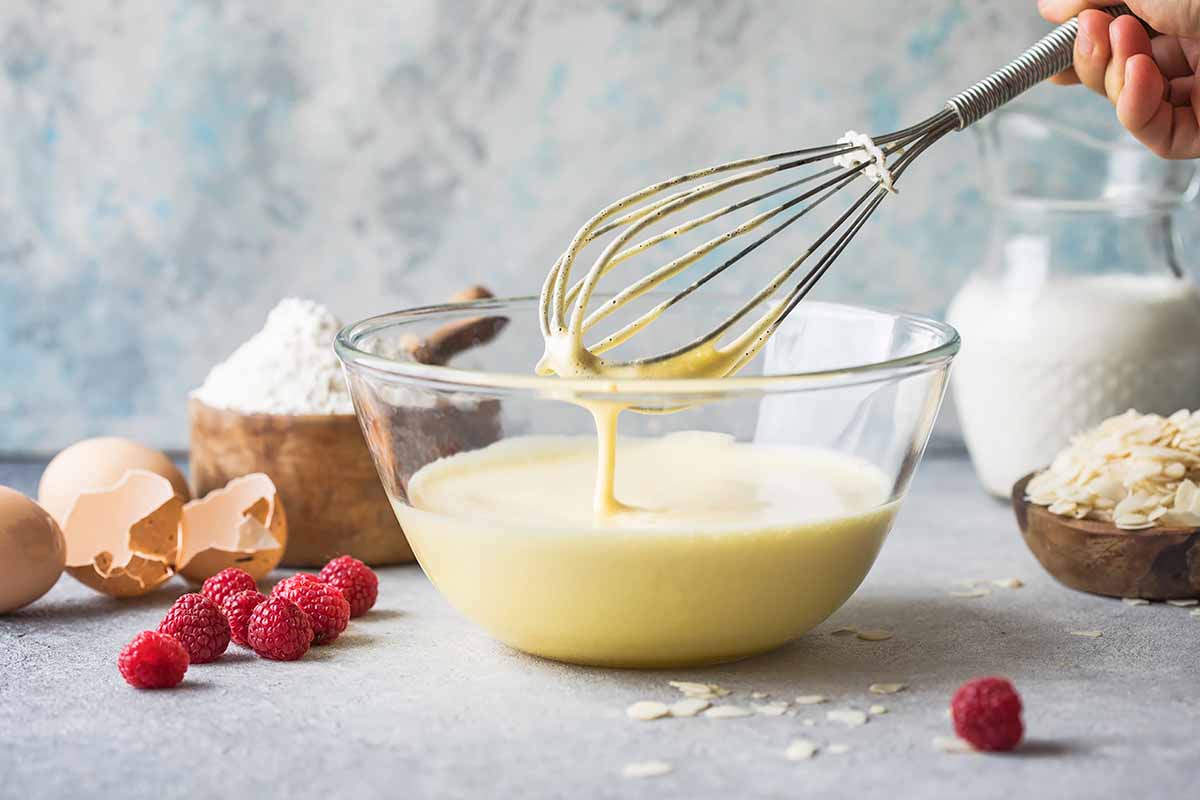
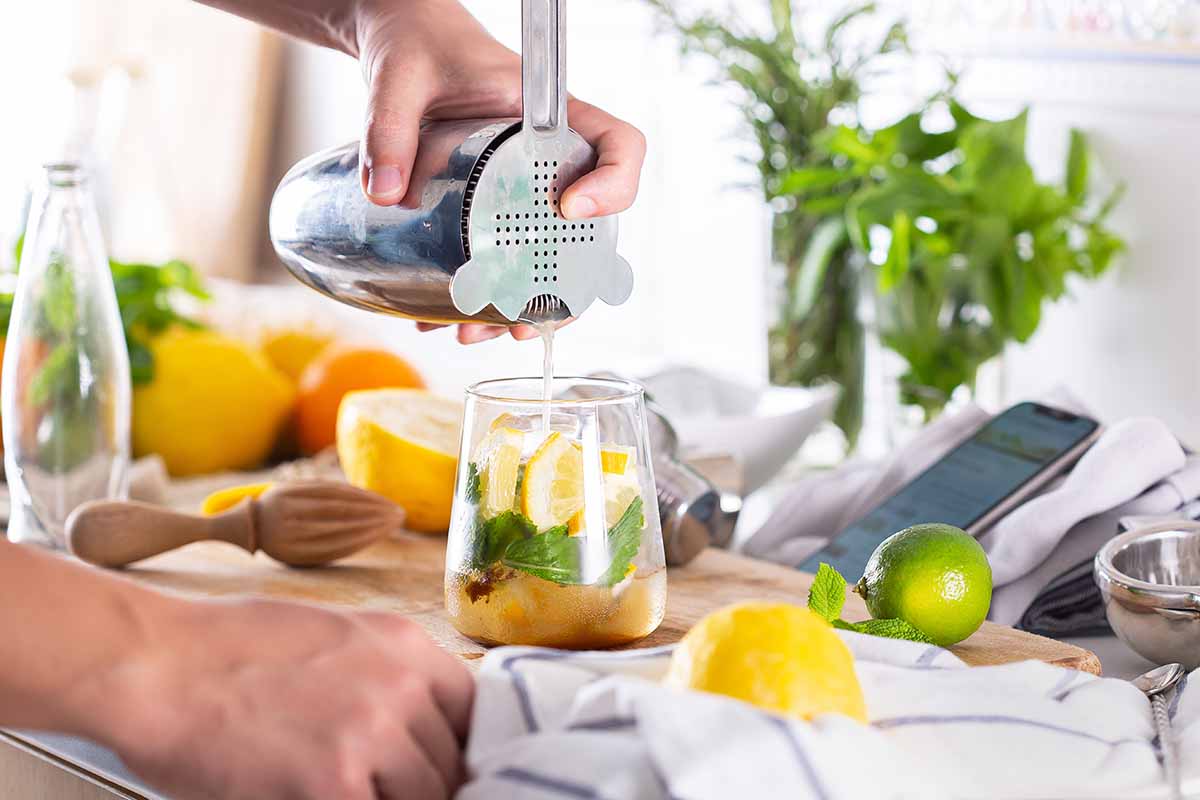
I reckon the Stainless Steel colander is the best, well, at least for me.
I have a stainless steel one as well and really love it.
I’m a fan of stainless steel colanders too. Besides being durable and heatproof, they also look great in the kitchen. I cannot abide any type of flimsy plastic colander.
Believe me, I’ve been down that road before, not having a colander on hand. When I saw this article, I immediately clicked on it, because I would like to add another colander to my household. I’m really interested in the KitchenAid one. Going hands free is something I really want to try.
Yes, that is a good one! Be sure to come back and let us know how you like it.
I currently have a stainless steal colander and a set of stainless steal mixing bowls. Although this material is supposed to be dishwasher safe and durable, I find that over time small rust spots always form on the metal. Is there a way to prevent this, besides hand washing, or a certain grade of the metal I should be looking for when making future purchases? What’s the best way to remove these little spots before they grow larger?
Hey There, sorry to hear about the rust, I know how frustrating that can be. My best advice would be to dry your product really well. While it might be ok to handwash it, it’s never a good idea to let it sit in water, and that can sometimes happen in the dishwasher, so make sure you dry it really well as soon as the washer is done. As for removing the spots – you can try baking soda and a toothbrush, and scrubbing it really well. I’ve also had luck with vinegar and a good scrub. Have you tried a BPA-free plastic option? I really like the ones listed above from Comfify. I hope this helps and let me know how it goes with removing the rust spots.
Colander??? I did not even know the name for these until I read your article. As a high school student who is moving out, sometimes you forget all about the small but essential materials you need. If I had not come across your article I would have totally bypassed packing a couple of colanders. I love how informed you are about the different varieties an their uses. Thanks a ton!
I can actually agree with this street away aha!
I never really saw the importance of choosing until I left home and had to buy one, when I was younger I always thought that there was just one kind of colander but it actually makes sense to have different kinds.
I ended up calling my mom in the middle of IKEA staring at the colanders freaking out because I didn’t know what the difference one.
Once she stopped laughing she got me to describe them and she just told me to buy a certain one, to this day, until I read this, I still didn’t know why I had to buy that one.
I’ve had a stainless steel model for 3 years now and it is great for all sorts of pastas. For rice and quinoa I’ve been using a small mesh colander – one of those that looks like a very large tea-strainer – and have not really found it adequate. So, I was very interested to discover the Inomata. The price is also a pleasant surprise.
Honestly, I have been calling this a “strainer” my whole life (partly because of my parents), its nice to know what the proper name is. It would never have occurred to me to try using a cutting board as a substitute, it must had been very difficult maneuvering it around.
I have a plastic colander, but I don’t know if it is BPA-free, I think that I will start investing in a stainless steel version. What do you think of the brand “Zwilling Henckles”?
I never really thought about buying a different colander until cooking quinoa yesterday. I accidentally added too much water that hadn’t evaporated by the end of the cooking time, so I went to drain the water in a typical plastic colander. The slits were so big that I lost a good portion of the quinoa! Gonna try one of these stainless steel colanders with smaller holes. That incident was endlessly frustrating and I don’t want to deal with it again.
Up until fairly recently, I always settled for a really cheap plastic colander. Not only was it cheap plastic, but it usually had larger holes, some of which were vertical slits that pasta noodles especially seemed to escape without fail. Now, I have invested in two new colanders. One is stainless steel and the other is enamel over stainless. Both have much finer holes and are so much easier to use than my cheap plastic one. A colander is definitely something you’re going to want to invest in if you plan on doing any type of serious cooing in your kitchen.
Well this really does make me miss my collapsable one that used to have…I am not sure what ever happened to that thing. I cannot seem to find another one that collapses, for the space, but then is the type of material that does not let the pasta stick to the sides. I am not sure what kind of metal the old one was, but whatever it was they certainly had it figured out. I have gone to the plastic one, because nothing sticks to it, which is nice, but it is rather large, but I guess that is something I just need to deal with. Thanks for sharing.
Those OXO colanders are not the cheapest option but I agree, they look much better than anything else that’s available. I added the 5-quart to my Amazon wish list, which is 2/3 kitchen items.